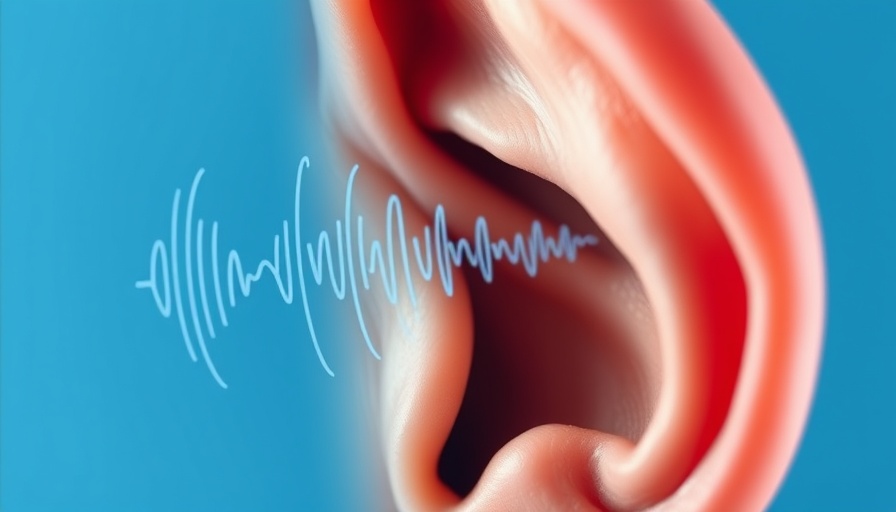
Understanding Acute vs Chronic Muscle Pain
Most individuals view muscle pain as a transient inconvenience—one that typically dissipates within a few days. However, sometimes this temporary discomfort turns into a chronic issue that alters everyday life. This transition marks a critical moment when the body’s response to pain shifts, often aggravating physical and psychological well-being.
When acute muscle pain morphs into chronic pain, it affects not just the muscle itself but also the broader body systems, including sleep patterns and energy levels. As pain becomes a persistent part of life, the brain's pain processing centers can become hypersensitive, creating a cycle that complicates recovery.
Movement as Medicine: How Exercise Activates Healing
The vital question is: how do we ensure acute pain doesn't become chronic? New research from the State University of Campinas in Brazil provides essential insights. Their findings reveal that exercise plays a crucial role in moderating inflammatory responses in the body—a key factor in preventing pain from becoming chronic.
Key studies show that regular physical activity, even at low intensity, activates a powerful immune response that helps prevent prolonged inflammation. For example, routine tasks such as swimming or walking can signal the body to reduce inflammation and pain, initiating healing pathways that restore tissue health.
The Science Behind Exercise and Inflammation
Research published in the journal PLoS One has demonstrated how certain immune cells react when the body is injured. When inflammation persists because of an overactive immune response, pain doesn't just linger – it intensifies.
The critical revelation? Daily movement can prevent this pain-induced immune response from ever activating. A controlled lab study found that mice who engaged in regular swimming before experiencing intentional muscle inflammation showed reduced levels of pain-related chemicals, successfully avoiding the transition to chronic pain.
Self-Management Through Movement
Exercise represents one of the safest and most effective methods to manage acute muscle pain proactively. Individuals experiencing discomfort should consider employing consistent physical activity as a tool for healing. Not only does movement activate the body’s natural pain relief mechanisms, but it also retrains the brain to process pain differently, reducing sensitivity over time.
For those grappling with conditions like arthritis, back pain, or fibromyalgia, regular exercise has been shown to improve overall function and quality of life. This shift highlights the importance of incorporating gentle, manageable physical activities into daily routines.
Practical Tips to Incorporate Exercise into Your Routine
If you're struggling with muscle pain and looking for ways to incorporate exercise into your health plans, consider starting with these simple steps:
- Begin Gradually: Engage in low-impact exercises, such as walking or swimming, that you enjoy.
- Set Realistic Goals: Establish achievable milestones to avoid overwhelming yourself.
- Listen to Your Body: Pay attention to how your body responds and adjust your activity levels accordingly.
Long-Term Benefits of Staying Active
Despite any short-term discomfort, staying active delivers long-term benefits that can significantly enhance your lifestyle. Regular movement not only helps in managing current pain but may also fortify the body's resilience against future injuries and chronic pain conditions. Individuals, particularly in Massachusetts where wellness initiatives are emphasized, can find a supportive community in local fitness events or clubs that advocate for active lifestyles.
In conclusion, understanding the connection between exercise and muscle pain management is essential for anyone seeking to improve their quality of life. By viewing exercise not just as a remedy for pain but as a foundational element of health, individuals can empower themselves to break the cycle of pain and promote healing.
To engage deeper with your health journey and adopt a proactive stance against chronic pain, consider joining local wellness events and activities. Staying informed and connected within your community can play a pivotal role in your recovery and resilience.
 Add Row
Add Row  Add
Add 




Write A Comment